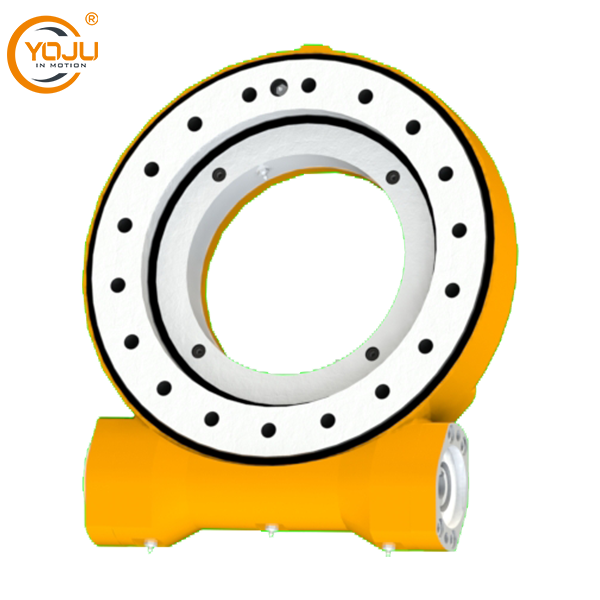Unveiling the Secrets of Obsidian: The Mineral Composition Behind Nature's Volcanic Glass
Obsidian, often revered for its striking appearance and historical significance, is a naturally occurring volcanic glass that has captivated humanity for millennia. Its unique properties and aesthetic appeal have made it a favored material for tools, jewelry, and art. However, to truly appreciate obsidian, one must delve into its mineral composition. This article explores the intricate makeup of obsidian, shedding light on the minerals that contribute to its formation and characteristics.
The Formation of Obsidian
Obsidian forms when lava cools rapidly, preventing the crystallization of minerals. This rapid cooling occurs during volcanic eruptions, where lava is expelled and comes into contact with air or water. The result is a glassy texture that is both beautiful and functional. The primary minerals that make up obsidian are silica (SiO₂), along with various other elements that influence its color and properties.
Silica: The Dominant Component
At the heart of obsidian's composition is silica, which typically constitutes about 70-75% of the mineral's makeup. Silica is a compound of silicon and oxygen, and its high concentration is what gives obsidian its glassy appearance. The purity of silica in obsidian is crucial; higher silica content results in a more transparent and lustrous glass, while lower silica levels can lead to a more opaque appearance.
Trace Elements and Their Influence
While silica is the primary component, obsidian also contains trace amounts of various other minerals and elements that significantly influence its color, texture, and even its physical properties. Some of the key trace elements found in obsidian include:
- Aluminum (Al): Often present in the form of aluminum oxide (Al₂O₃), aluminum contributes to the overall structure of the glass and can affect its hardness and durability.
- Iron (Fe): Iron is a common element in obsidian, typically found in the form of iron oxide (FeO or Fe₂O₃). The presence of iron can impart a range of colors, from deep black to reddish or greenish hues, depending on its oxidation state.
- Magnesium (Mg): Magnesium can also be found in obsidian, contributing to its overall mineral balance. Its presence can enhance the glass's thermal stability and resistance to weathering.
- Sodium (Na) and Potassium (K): These alkali metals are often present in smaller quantities and can influence the viscosity of the molten lava, affecting the cooling rate and, consequently, the texture of the obsidian.
- Titanium (Ti): In some varieties of obsidian, titanium may be present, contributing to unique colorations and patterns within the glass.
Varieties of Obsidian
The mineral composition of obsidian can lead to various types, each with distinct characteristics. Some notable varieties include:
- Black Obsidian: The most common form, characterized by its deep black color, primarily due to high silica and iron content.
- Snowflake Obsidian: This variety features white or grayish snowflake patterns, which are formed by the crystallization of cristobalite, a high-temperature form of silica.
- Mahogany Obsidian: Known for its reddish-brown hues, mahogany obsidian contains iron and other trace minerals that create its distinctive coloration.
- Rainbow Obsidian: This type exhibits iridescent colors due to the presence of microscopic gas bubbles and variations in mineral content, creating a stunning visual effect.
The Practical Applications of Obsidian
Understanding the mineral composition of obsidian is not just an academic exercise; it has practical implications as well. The unique properties of obsidian make it an excellent material for various applications:
- Tools and Weapons: Due to its sharp edges when fractured, obsidian has been used for thousands of years to create cutting tools and weapons. Its ability to be honed to a fine edge surpasses that of many metals.
- Jewelry and Art: The aesthetic appeal of obsidian, with its glossy finish and range of colors, has made it a popular choice for jewelry and decorative items.
- Surgical Instruments: In modern medicine, obsidian blades are sometimes used in surgical procedures due to their sharpness and ability to create clean incisions.
Conclusion
Obsidian is more than just a beautiful volcanic glass; it is a complex amalgamation of minerals that tells a story of geological processes and human ingenuity. By understanding the minerals that make up obsidian, we gain insight into its formation, characteristics, and applications. Whether you are a geologist, a craftsman, or simply an admirer of nature's wonders, the mineral composition of obsidian offers a fascinating glimpse into the interplay between earth's elements and human creativity. As we continue to explore and appreciate this remarkable material, we are reminded of the intricate connections that bind us to the natural world.

